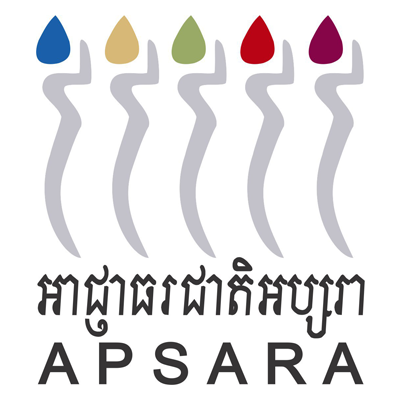៨០០ឆ្នាំក្រោយមក អាជ្ញាធរអប្សរាជួសជុលកំពែងក្រុងអង្គរធំឡើងវិញ | Angkor and Beyond Series Thmey Thmey
by Thmey Thmey 25 & Apsara National Authority
About the latest major works in the Angkor perimeter, including the renovation of Angkor Thom enclosure wall

- Published
- April 2021
- Authors
- Thmey Thmey 25 & Apsara National Authority
- Language
- Khmer
The series presents the work of Apsara Authority architects and archaelogists in situ, with their teams.
This program focuses on the refection of the enormous wall enclosing Angkor Thom. Five entrances were created within the wall during the reign of Jayavarman VII. Surrounded by moats, the enclosure walls were seriously damaged by erosion.
Architects Ros Visoth and Mao Sokny explain the planning and technique applied to renovating the Kam Paeng (traditional stone walling), including the use of Bay Or (បាយអ), the local mortar made of sand, clay powder, pulverized laterite and some mountain limestone powder.
ADB input:
The walls, eight meter high and flanked by a moat, are each 3 km long, enclosing an area of 9 km². The walls are of laterite buttressed by earth, with a parapet on the top. There are gates at each of the cardinal points, with an extra one to the east. Names and functions vary according to oral traditions:
- Chey (Happiness) Gate, to the East: entrance and exit of the King, especially for military operations.
- Kmaoch (Death) or Nirvan Mongkul Gate, to the East: special gate for carrying out the mortal remains of the King and dignitaries, for funerary processions.
- Tonle Oum (River Boat) or Serey Mongkul to the South: entrance for officials, free citizens, traders, named after the boat races held in the reservoir nearby.
- Ta Kaov or Ta Kao Gate to the West: exit of criminals sentenced to death.
- Dei Chhn’ang (Clay Pot) or Oudom Mongkul (Victory) Gate to the North: access for priests, negotiators, criminals seeking to redeem themselves.
Tags: Angkor Thom, walls, reservoirs, water management, renovation
About the Authors

Thmey Thmey 25
Thmey Thmey News is a Cambodian information company producing general interest programs in Khmer and English. Its channel Cambodianess focuses on contents in English.

Apsara National Authority
Apsara National Authority អាជ្ញាធរជាតិអប្សរា (ANA) is the official body in charge of the preservation of the Angkor Archaelogical Park, as well as the coordination of international research team in the fields of archaeology, ethnology and history.
Created by the Royal Decree of February 19th 1995, the Authority for the Protection and Safeguarding of Angkor and the Region of Angkor (its acronym being a reference to the celestial dancers) deals with: – Monuments, preservation, maintenance, restoration; – Management of the historic water system (barays, ponds, canals, rivers); – Tourism management and dialogue with the communities living among traditional villages in the site; – Research to enhance the cultural values of the site and its region, especially the cultural heritage of Siem Reap town; – Protection and conservation of forests within and around the site; – Training and capacity building.
During 25 years of activities, APSARA National Authority has changed the picture and permitted the gradual transfer of skills to Cambodians professionals, keeping active at the same time the field operations of the international cooperation. With almost 3,000 employees, it is the first employer of the region, under the guidance of the Ministry of Culture and Fine Arts.
